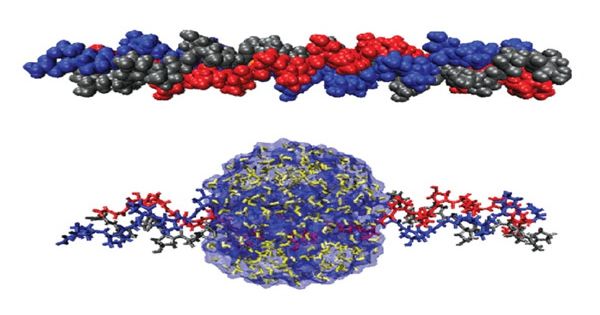Biopolymers are natural polymers produced by the cells of living organisms. These are a diverse group of polymers, and their usage in food packaging, wrapping, and biomedical science is diverse and multiple. Biopolymers consist of monomeric units that are covalently bonded to form larger molecules. These are becoming increasingly popular especially with the growing media attention, and businesses want to promote themselves as being sustainable and use biobased products.
Biopolymers are polymers produced from natural sources either chemically synthesized from a biological material or entirely biosynthesized by living organisms.
Biopolymers might be the materials occurring naturally synthesized from animals, plants, bacteria, and fungi or could be the polymers which are produced chemically by using biological materials like sugars, amino acids, oils, or natural fats. There are three main classes of biopolymers, classified according to the monomers used and the structure of the biopolymer formed: polynucleotides, polypeptides, and polysaccharides. Polynucleotides, such as RNA and DNA, are long polymers composed of 13 or more nucleotide monomers. Biopolymers in nature are produced by a range of microorganisms and plants. Biopolymers produced by microorganisms require specific nutrients and controlled environmental conditions.

Biopolymers derived from natural sources offer great opportunities to develop novel biopolymer-based composites and their functional applications in tissue engineering, medical implants, drug delivery systems, and wound healing. Polypeptides and proteins are polymers of amino acids and some major examples include collagen, actin, and fibrin. Polysaccharides are linear or branched polymeric carbohydrates and examples include starch, cellulose, and alginate.
Biopolymers are naturally occurring polymers, which are produced by living organisms. They are distinct from synthetic biodegradable polymers. Other examples of biopolymers include natural rubbers (polymers of isoprene), suberin and lignin (complex polyphenolic polymers), cutin and cutan (complex polymers of long-chain fatty acids) and melanin. Biopolymers are used in many industrial applications as well as food packaging, cosmetics and medicine. They can replace traditional petroleum-based plastics in many applications.
Biopolymers have various applications such as in the food industry, manufacturing, packaging, and biomedical engineering. These derived from renewable biomass sources ensure the conservation of fossil resources, the utilization of renewable vegetal resources with their geopolitics involvement, and the consumption of CO2 instead of its emission.
Information Source:
















